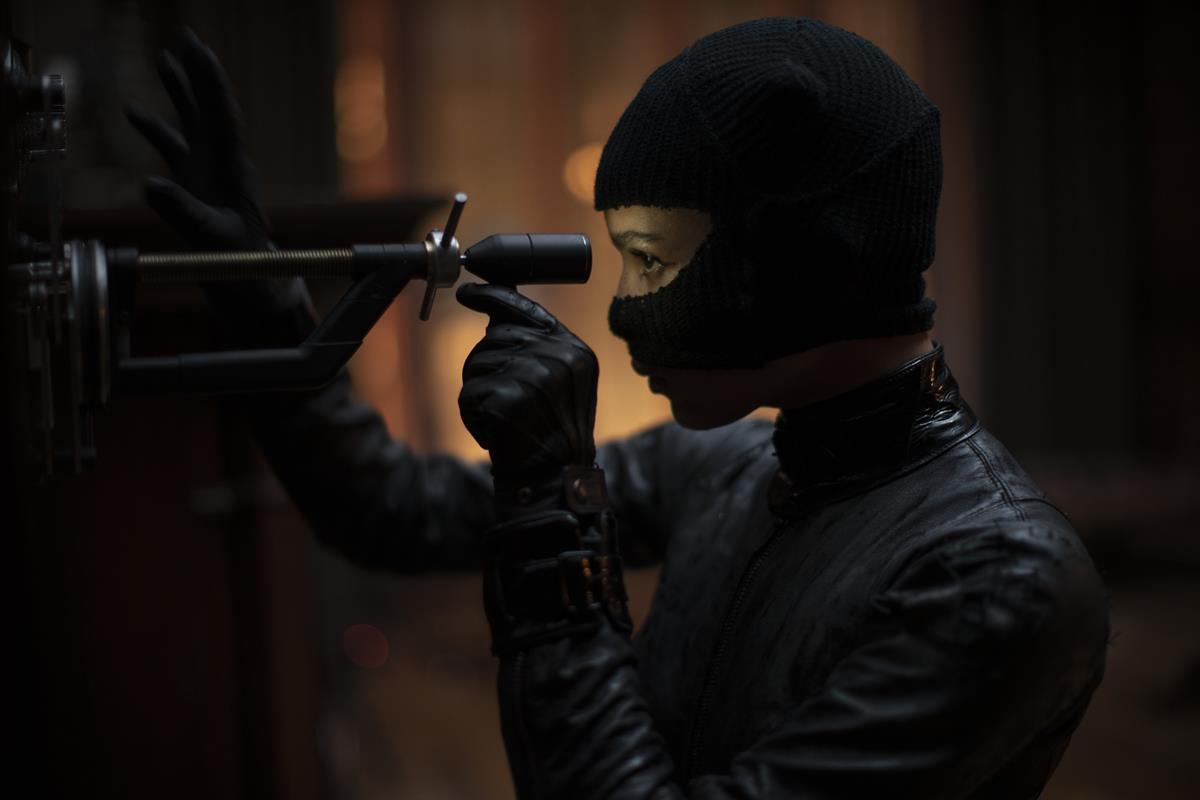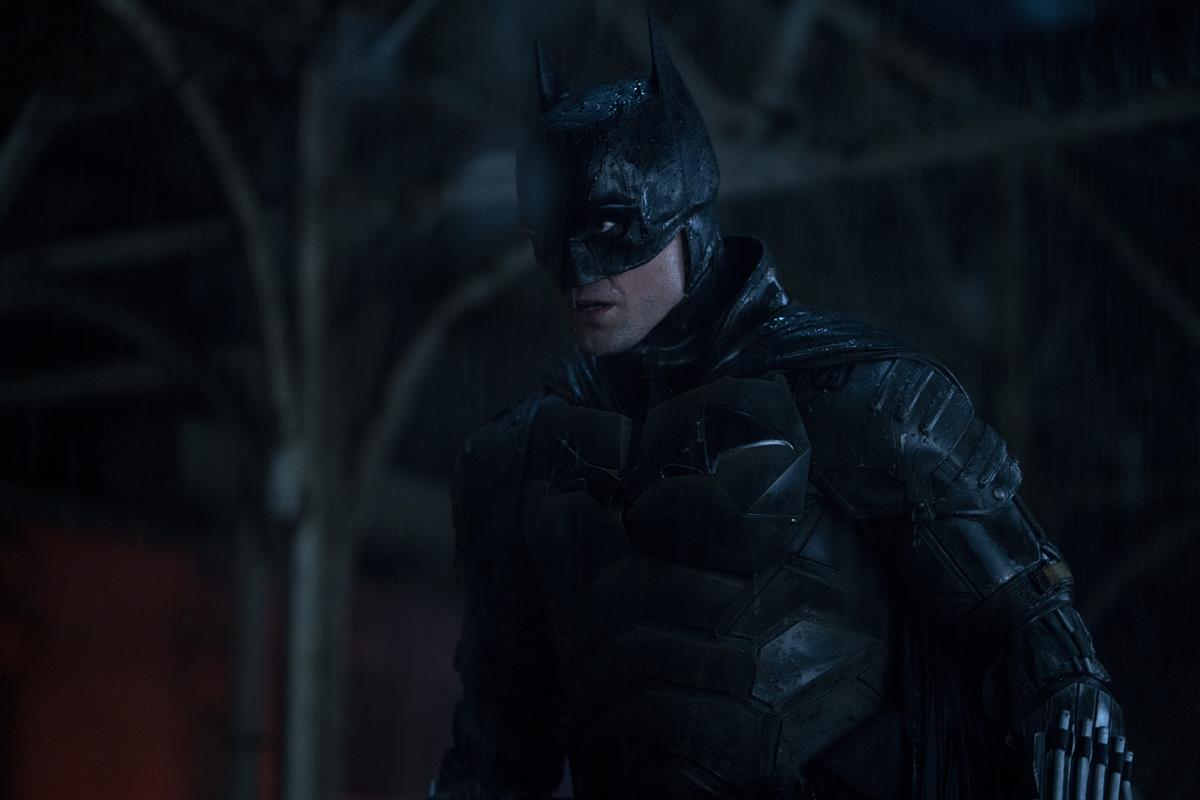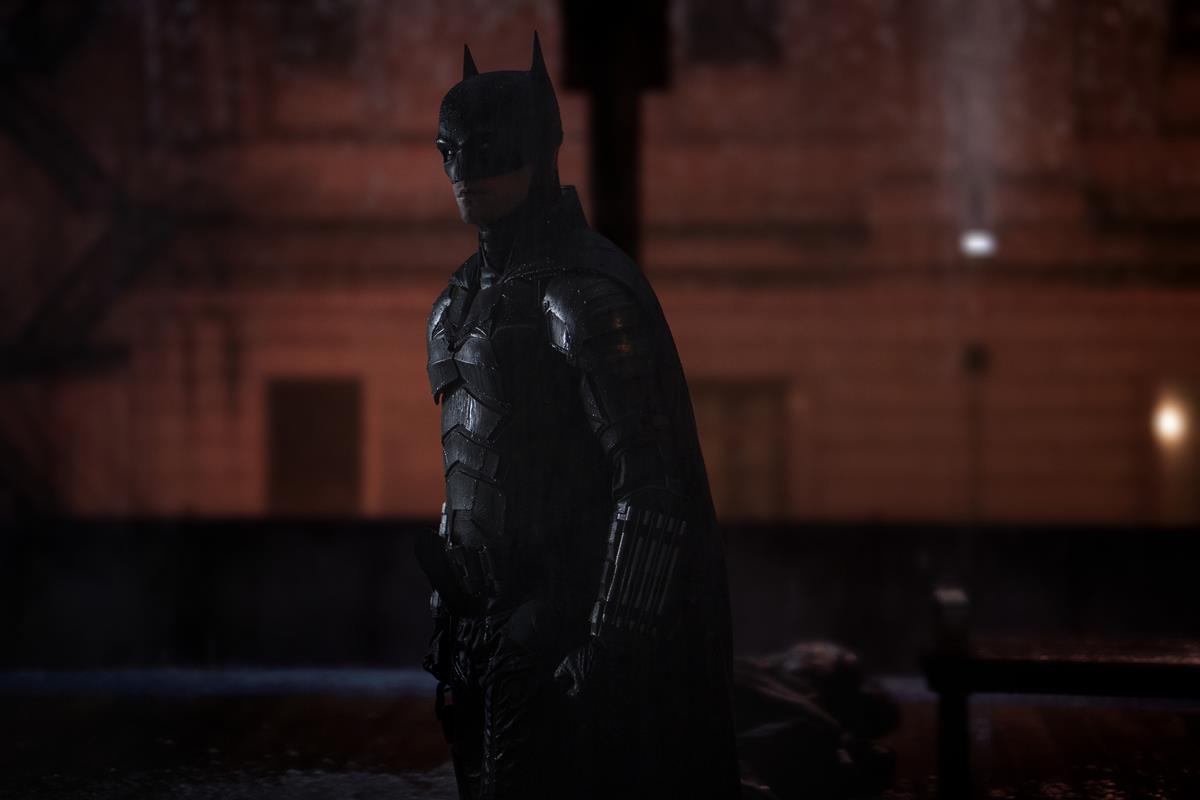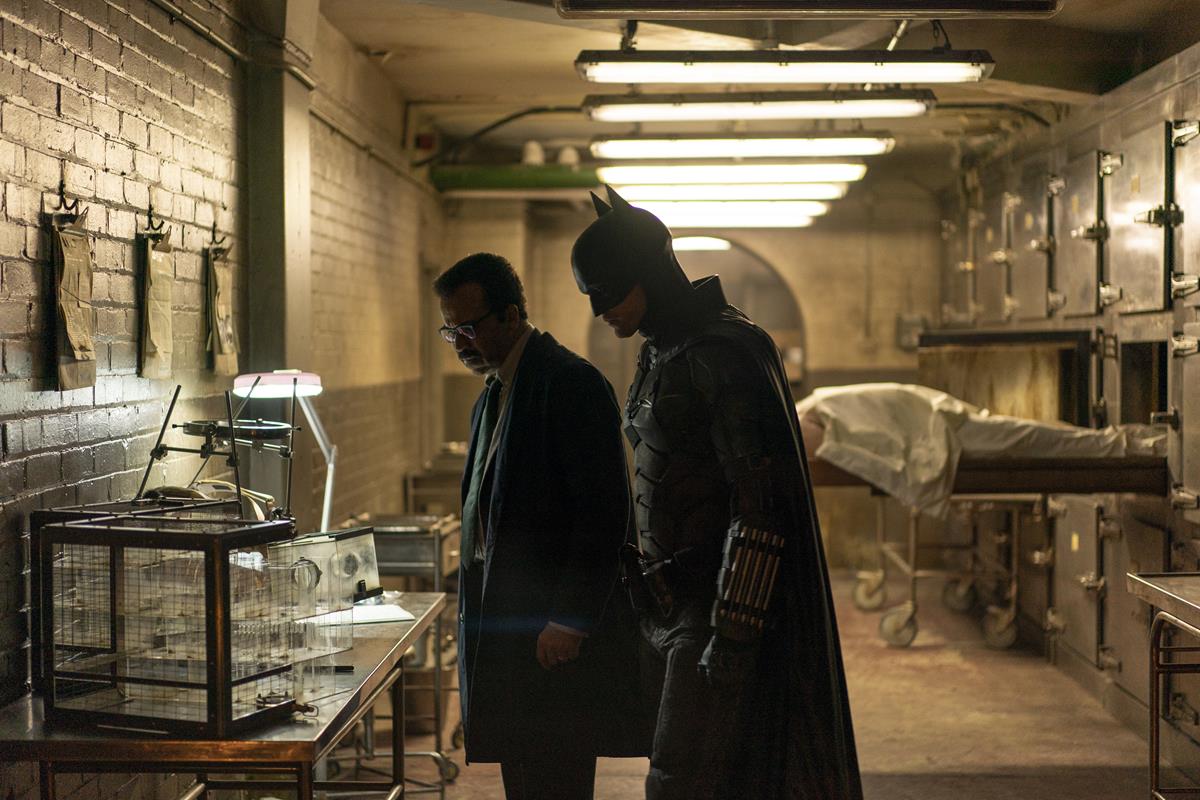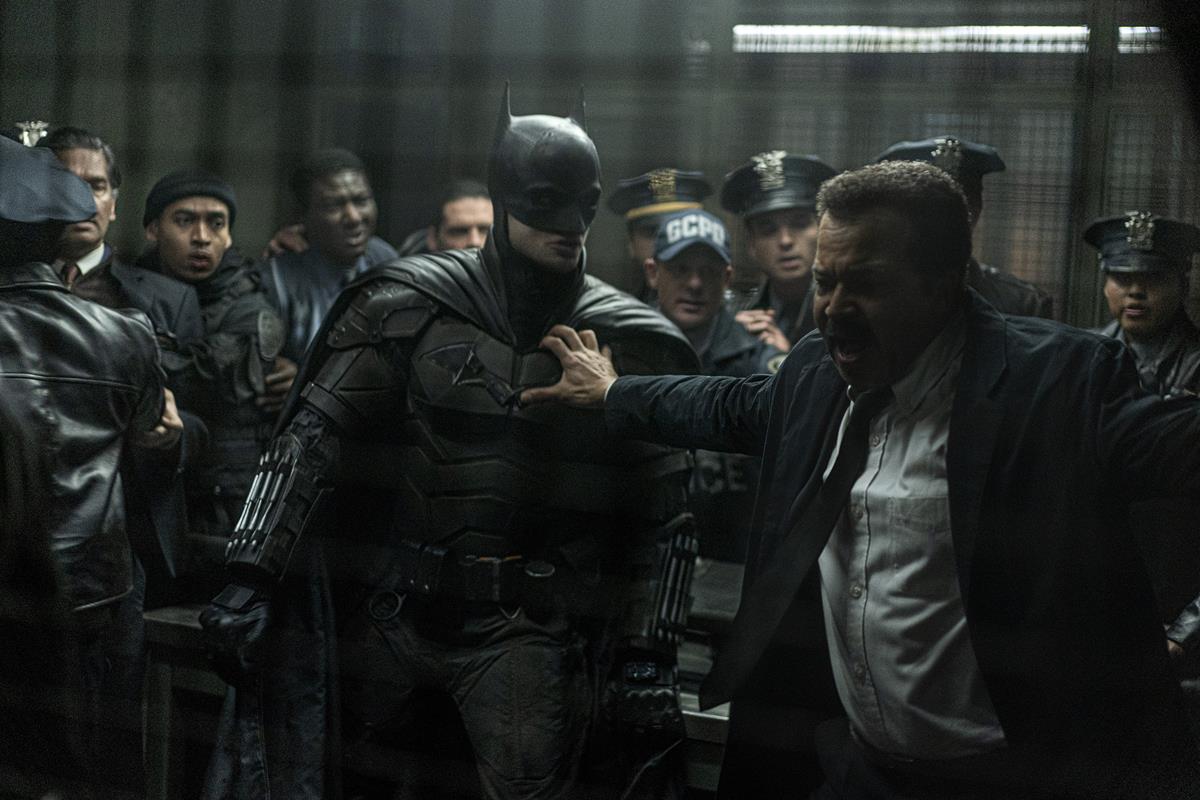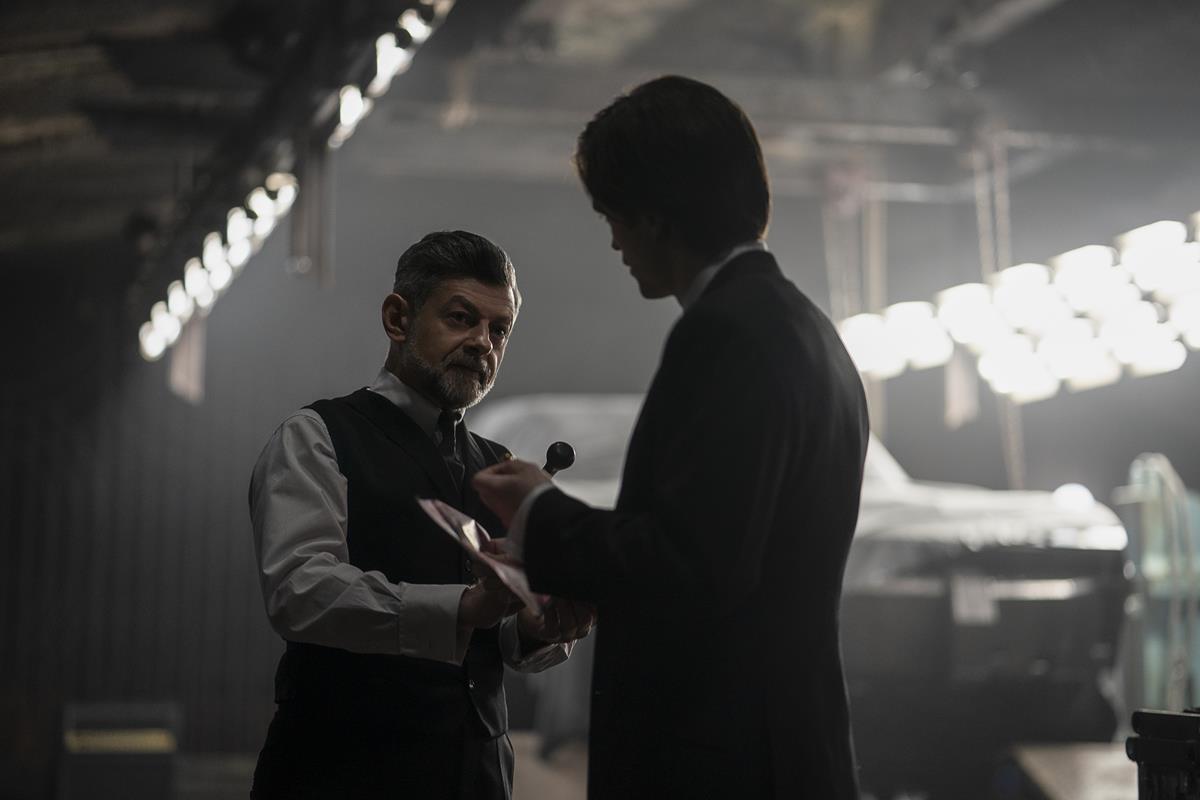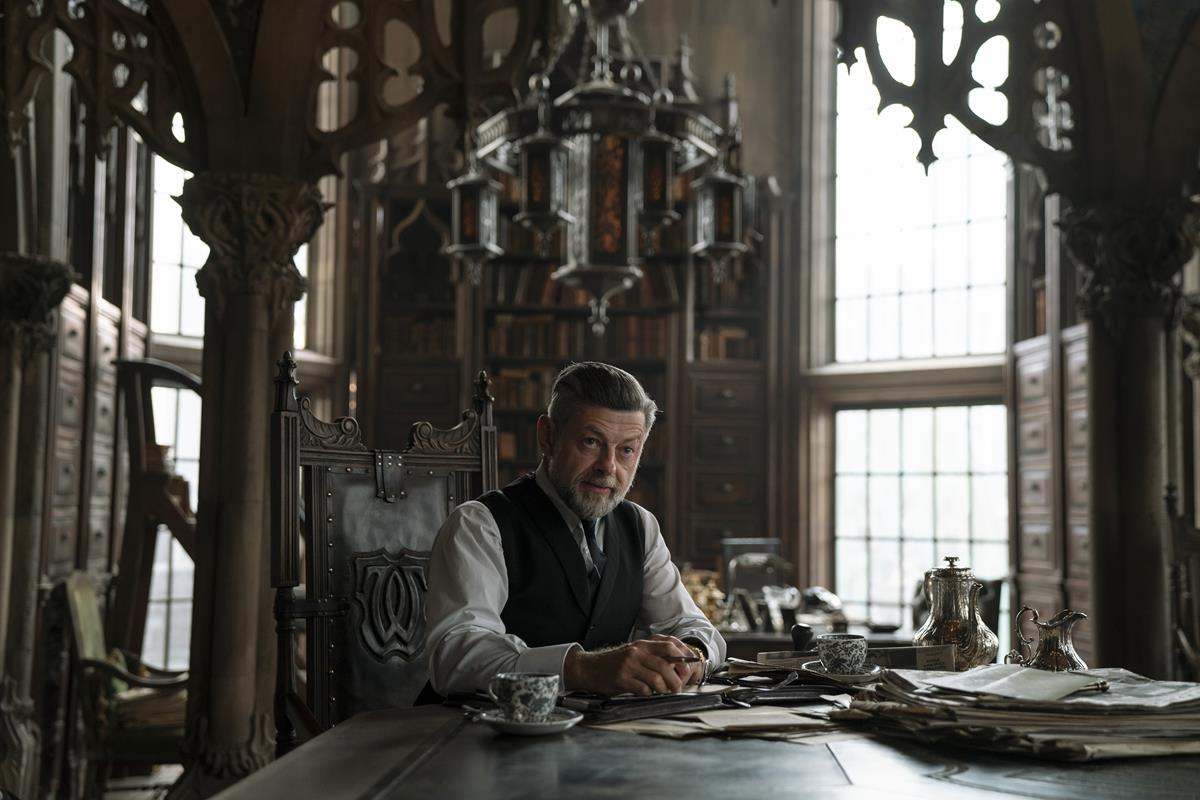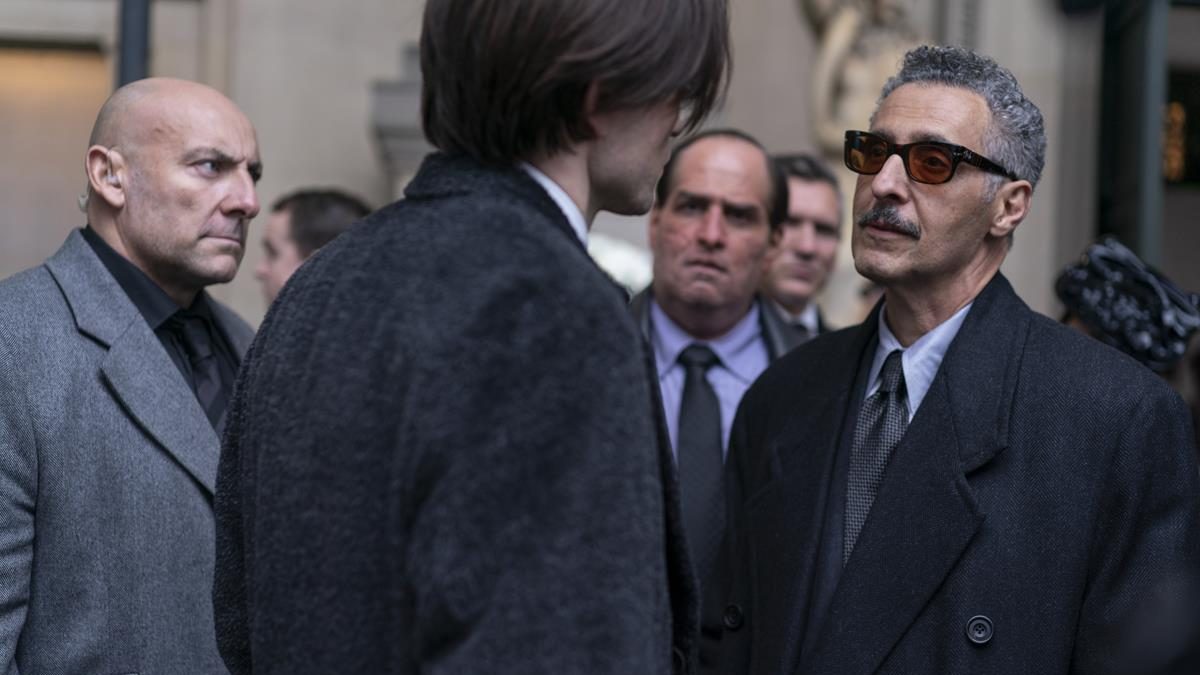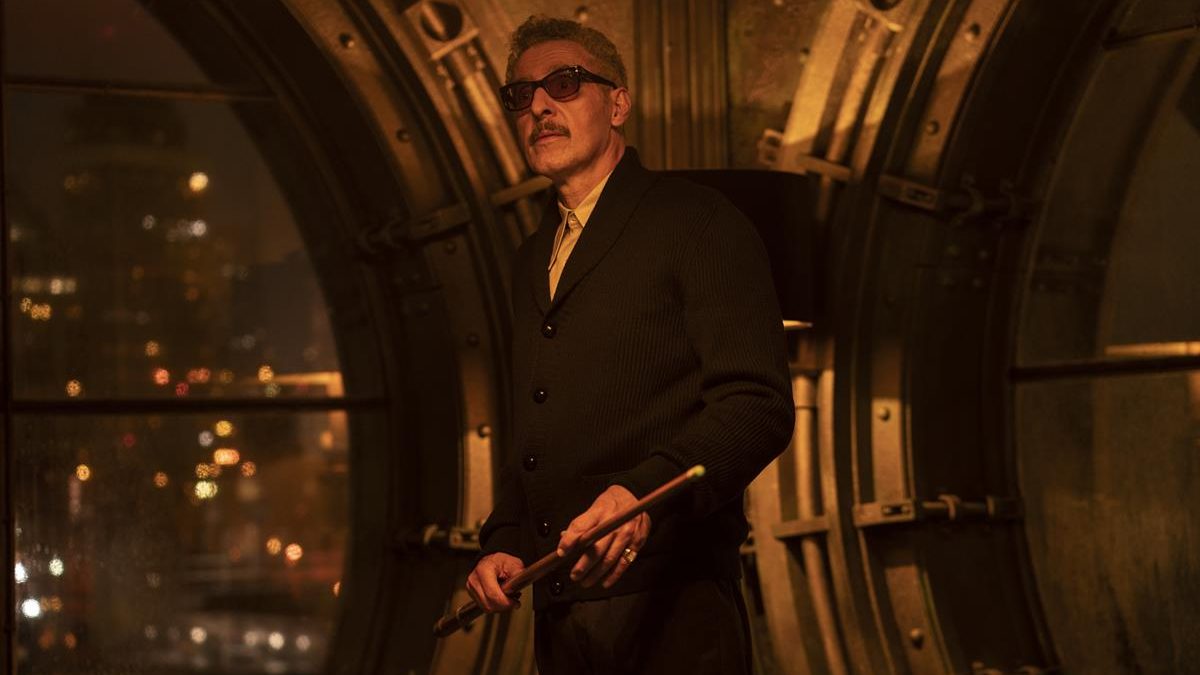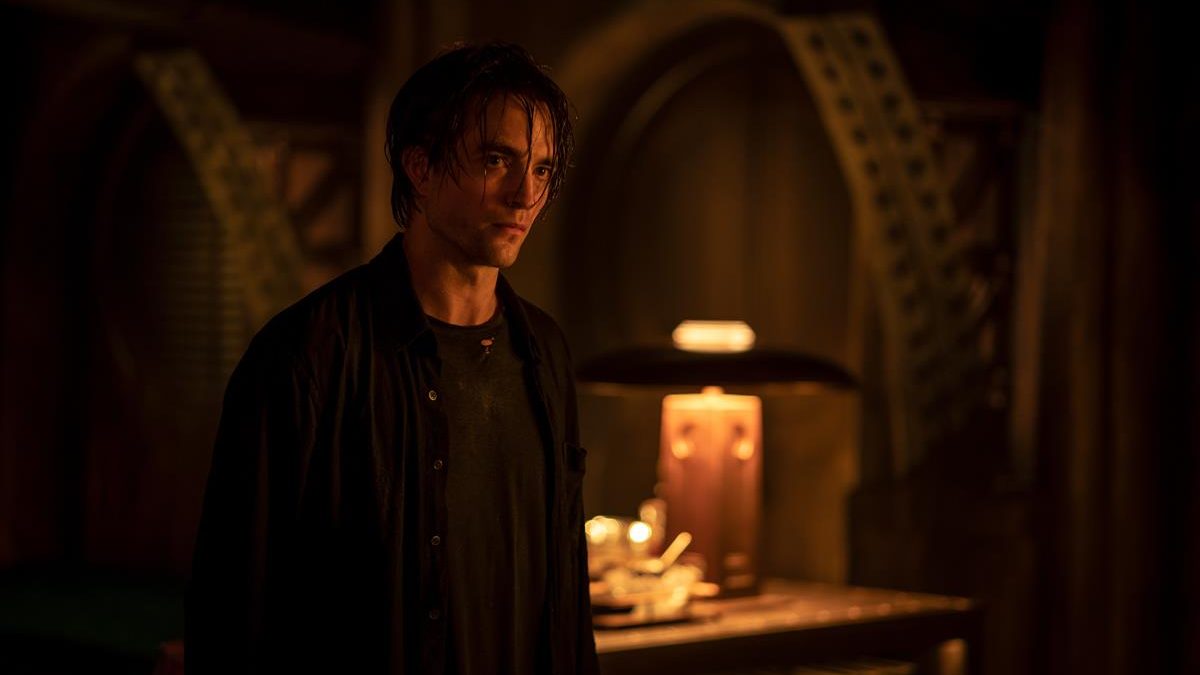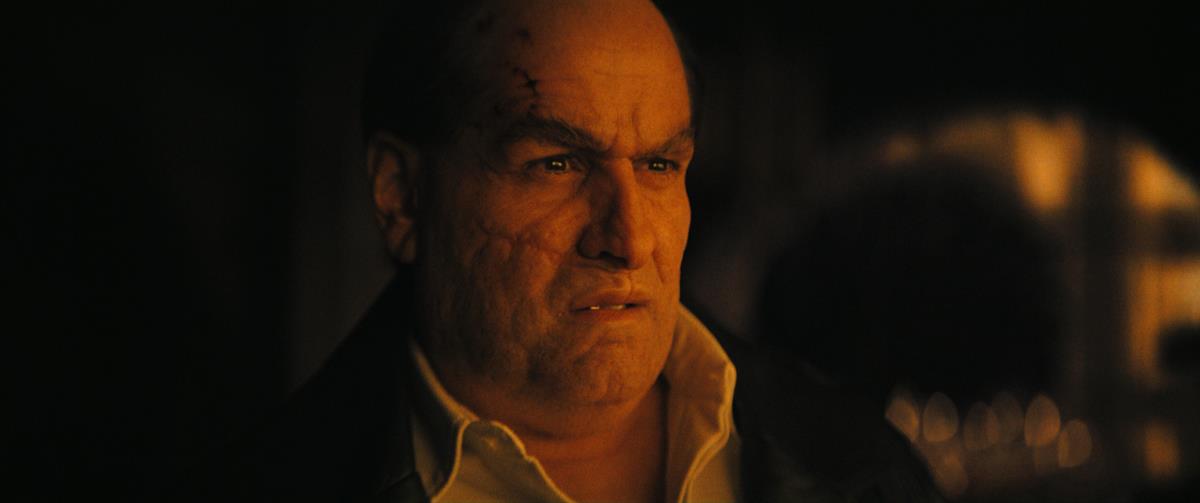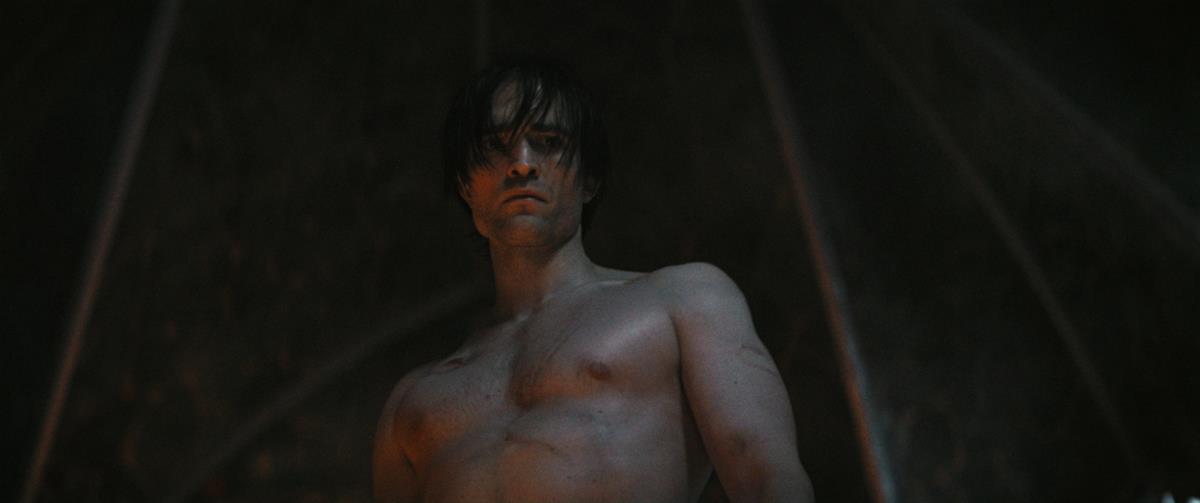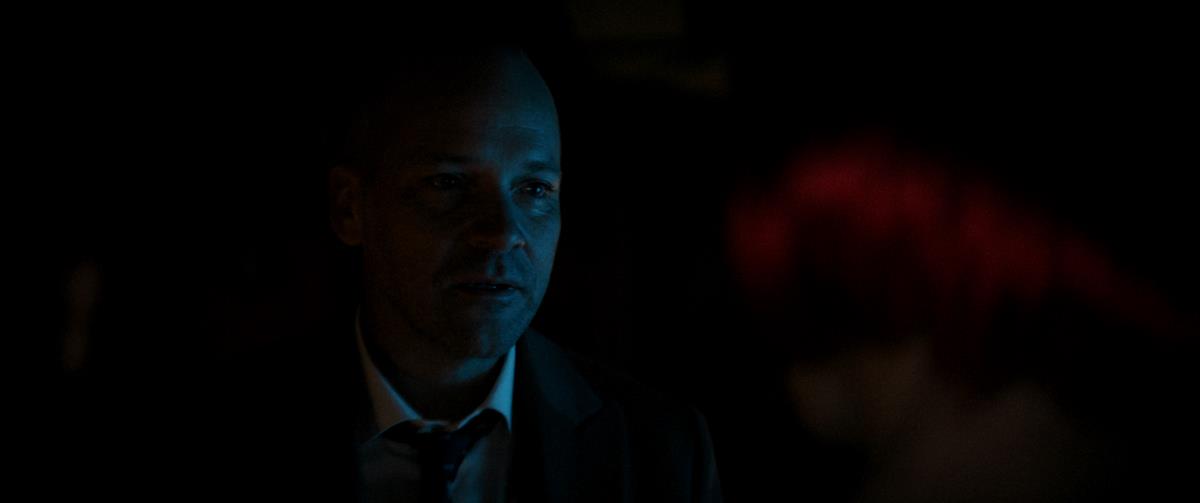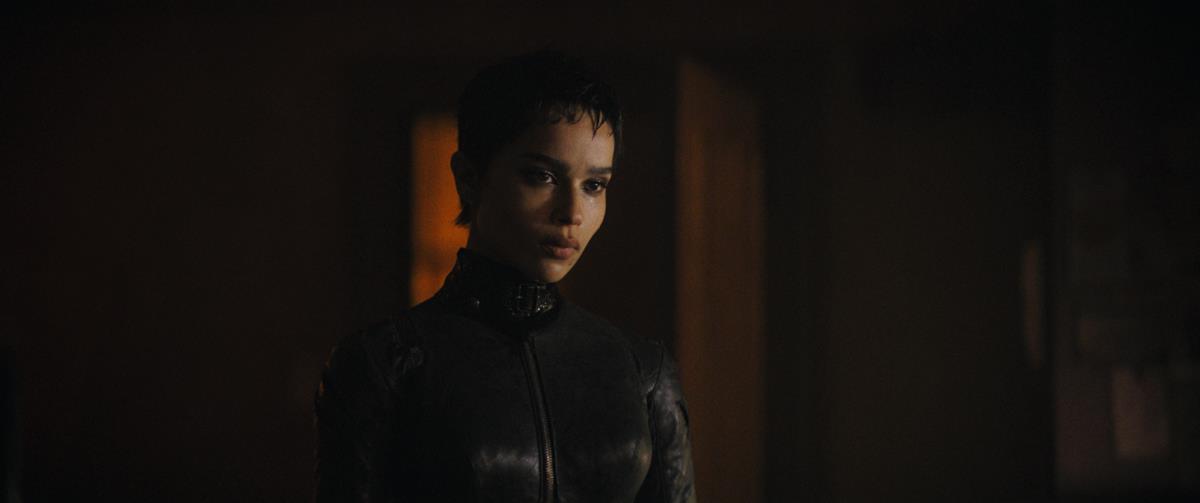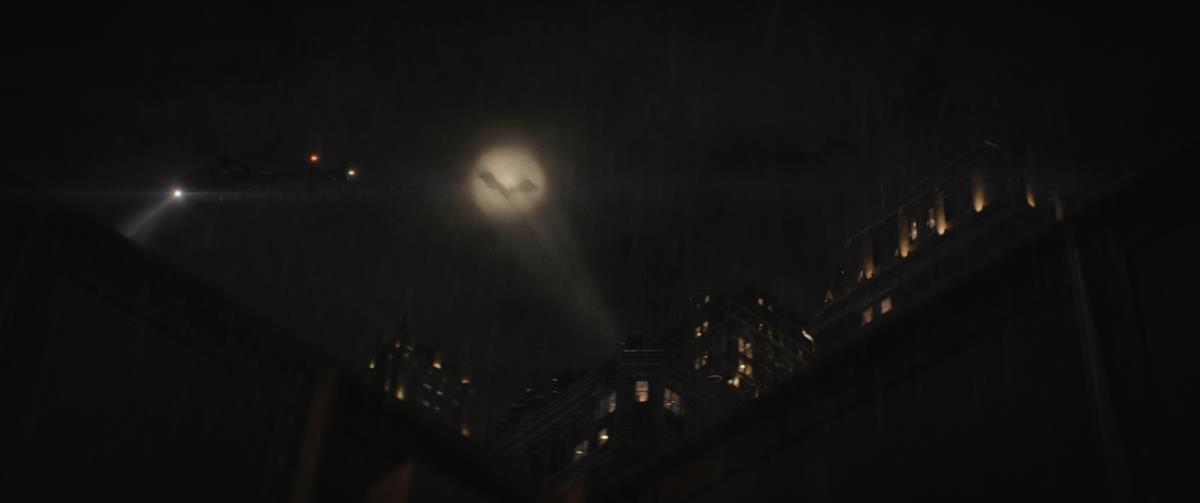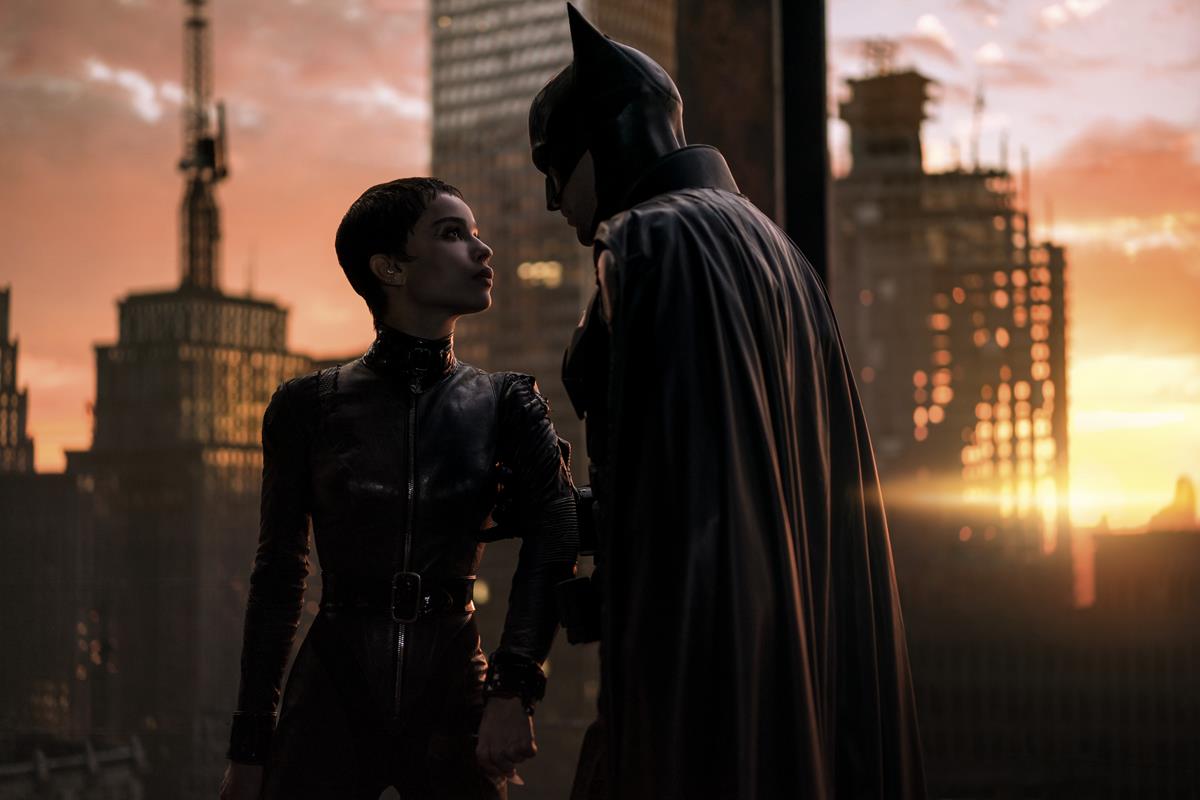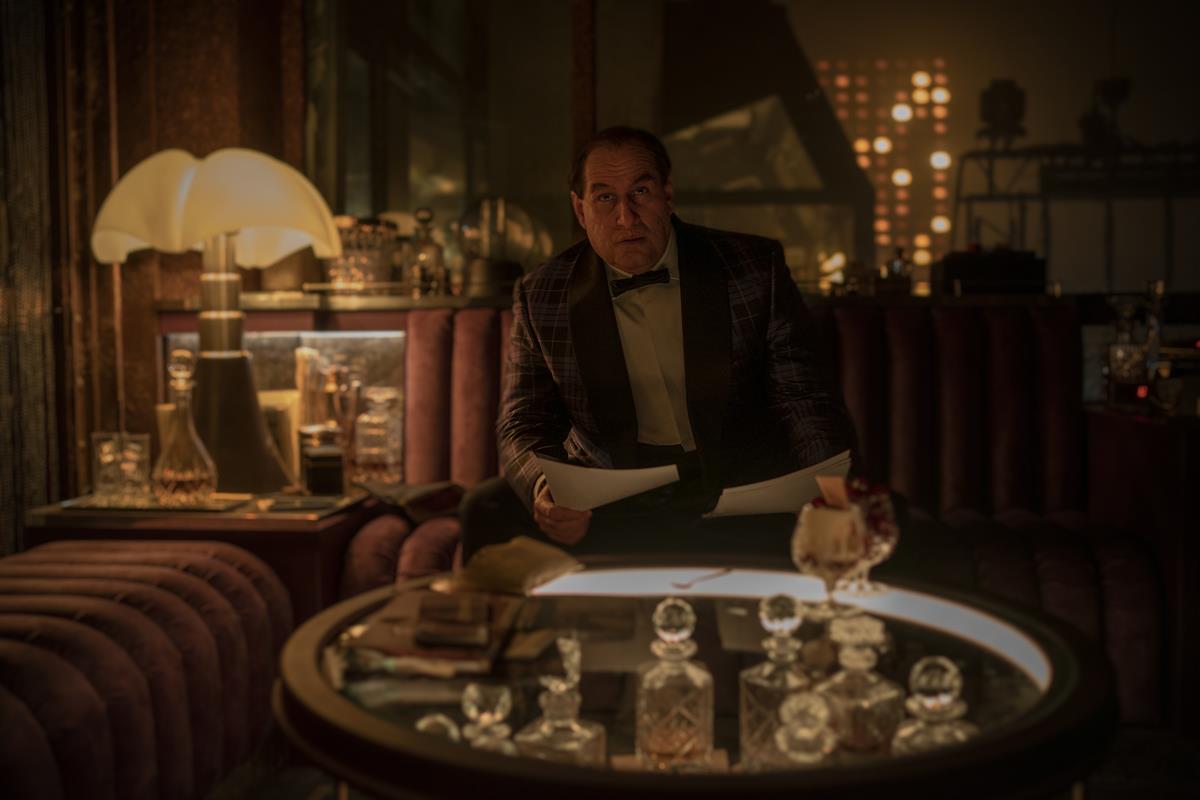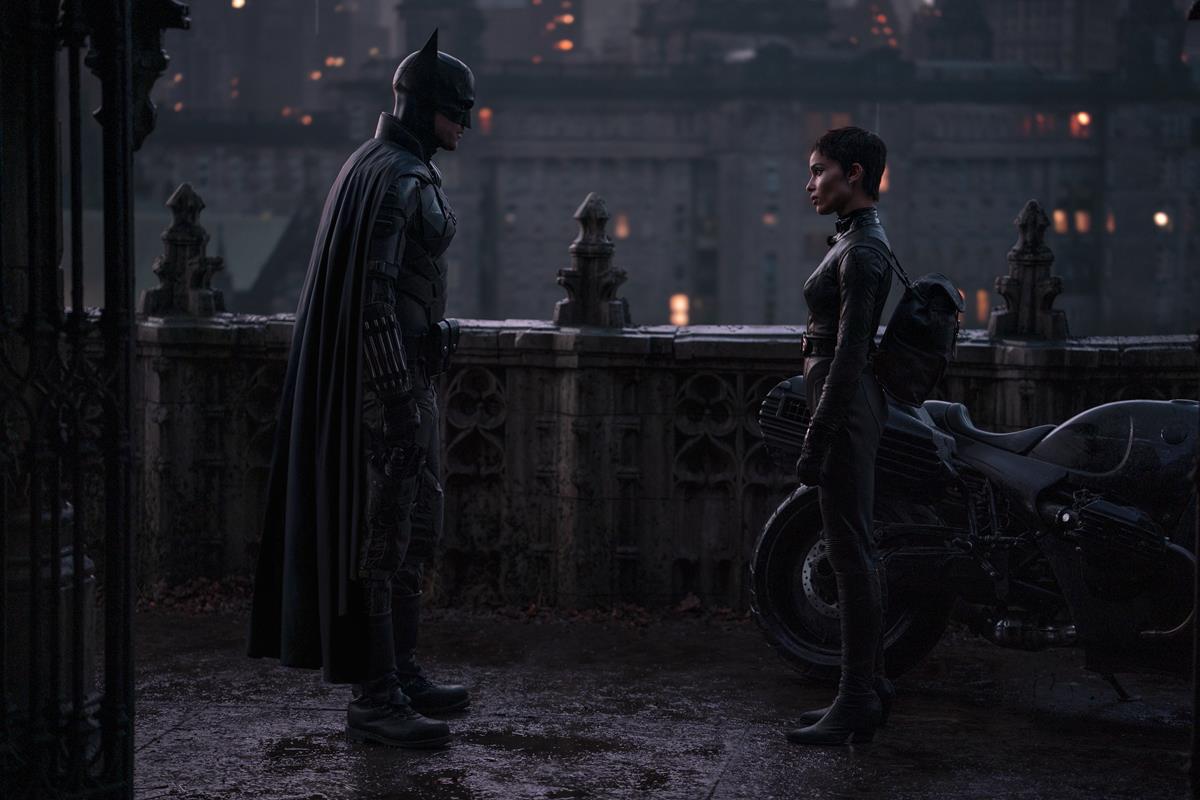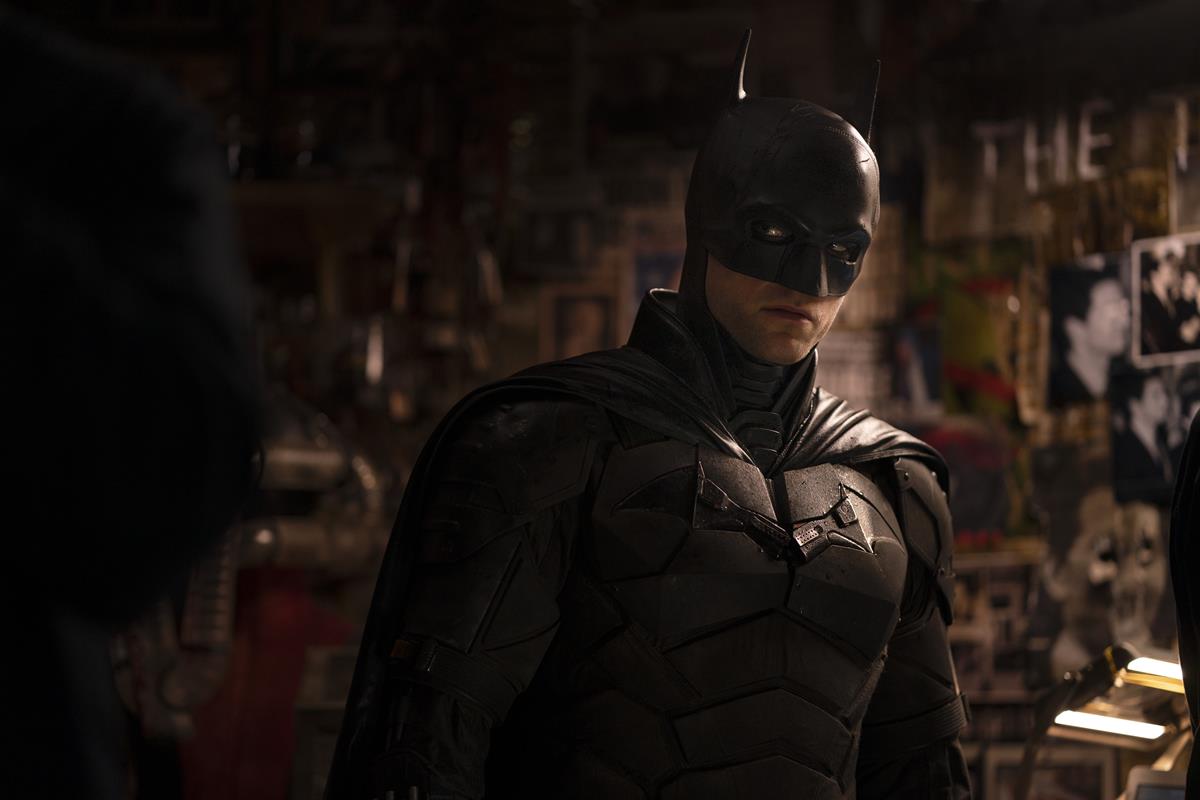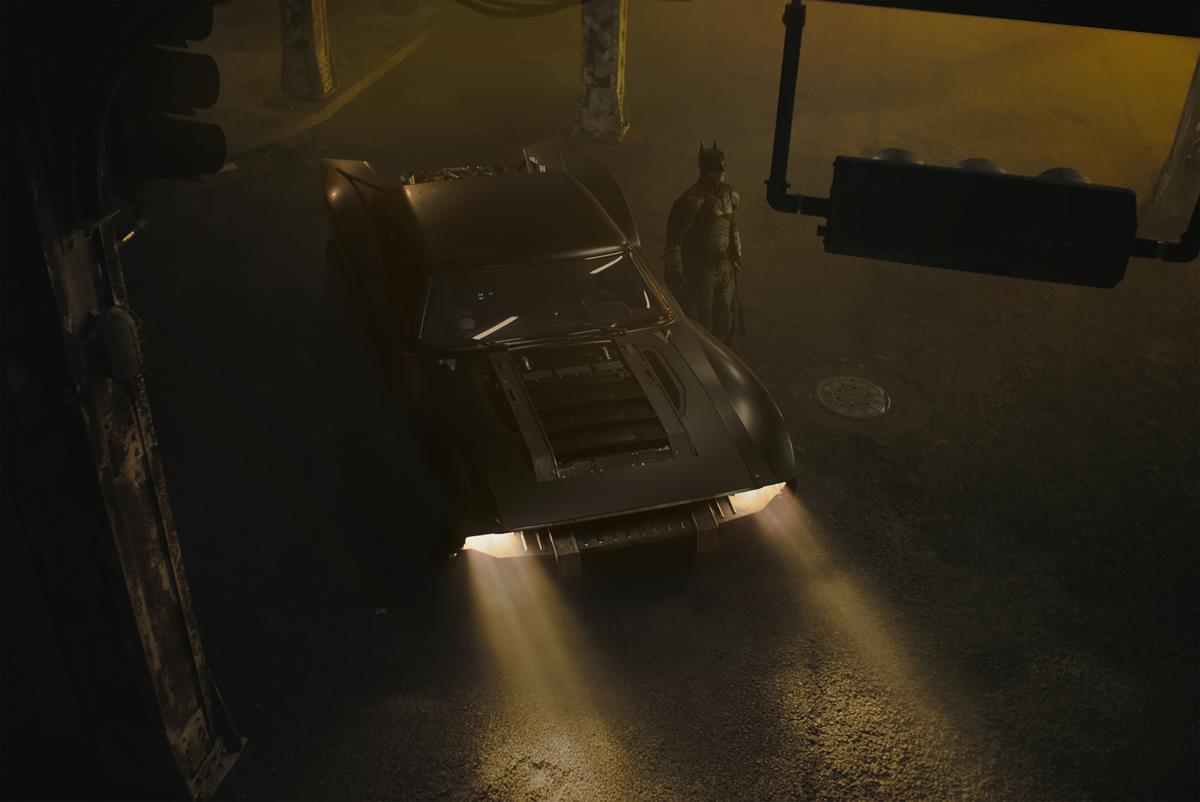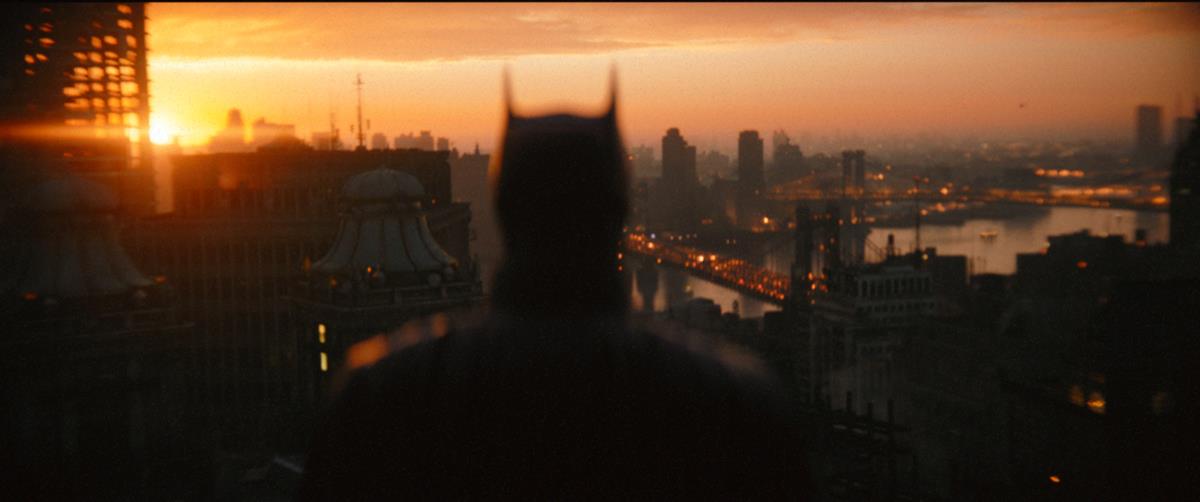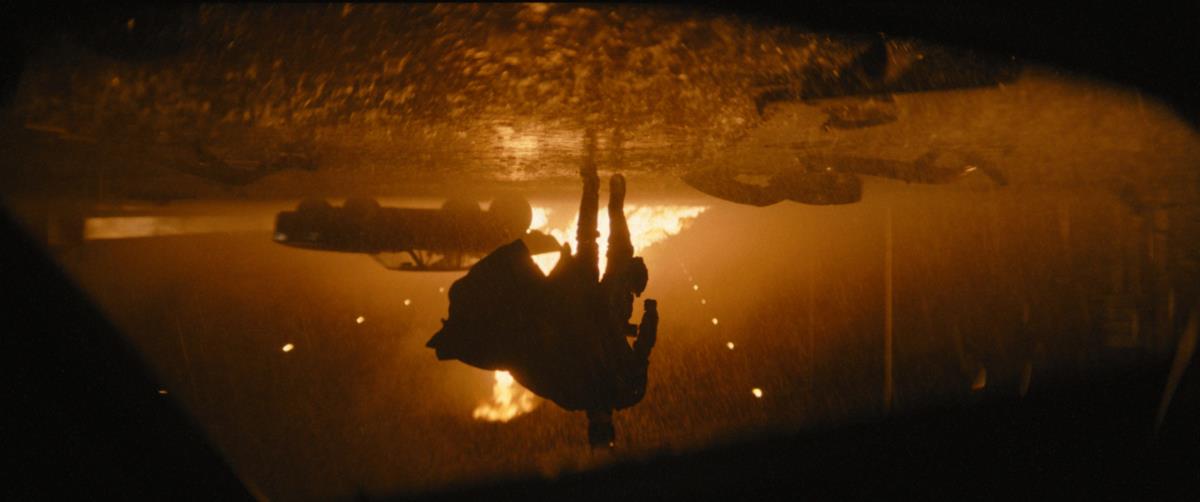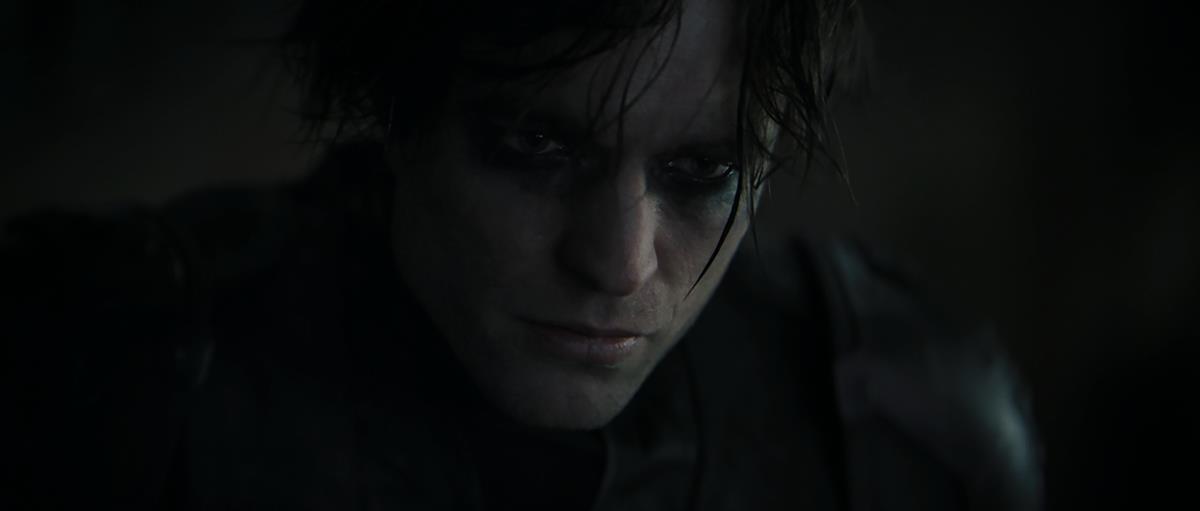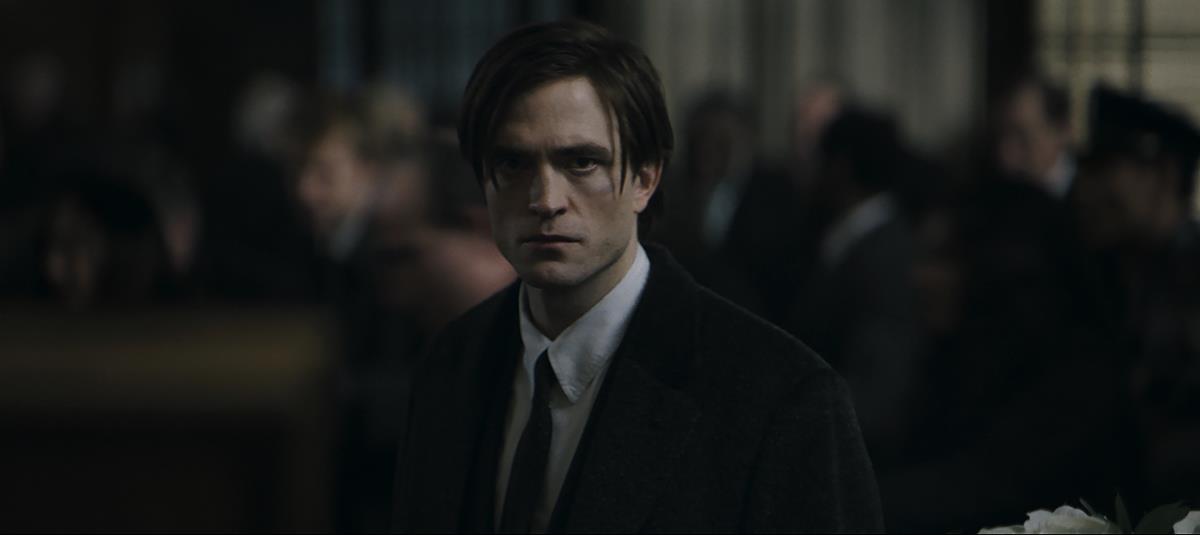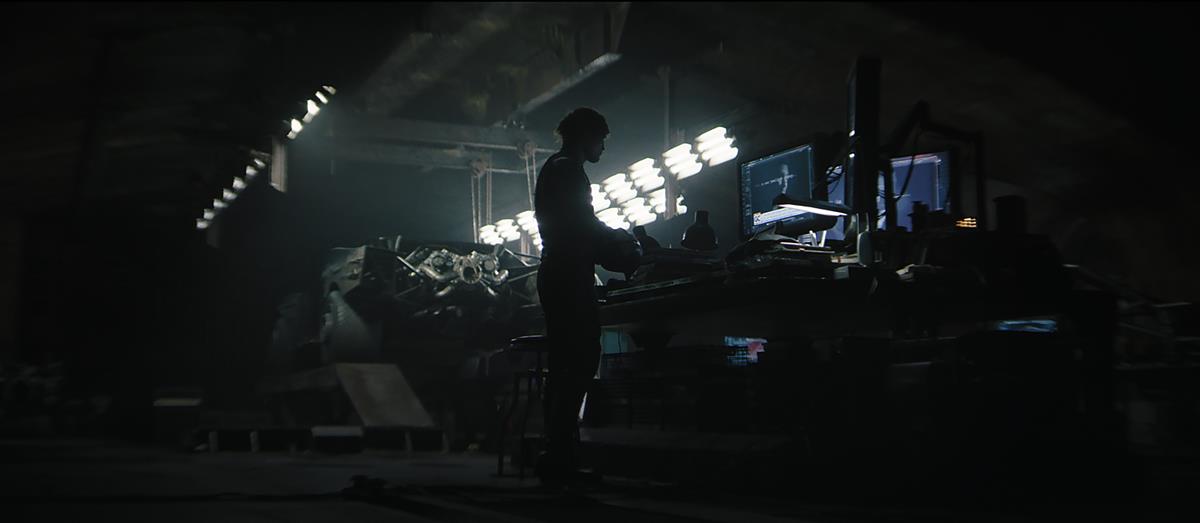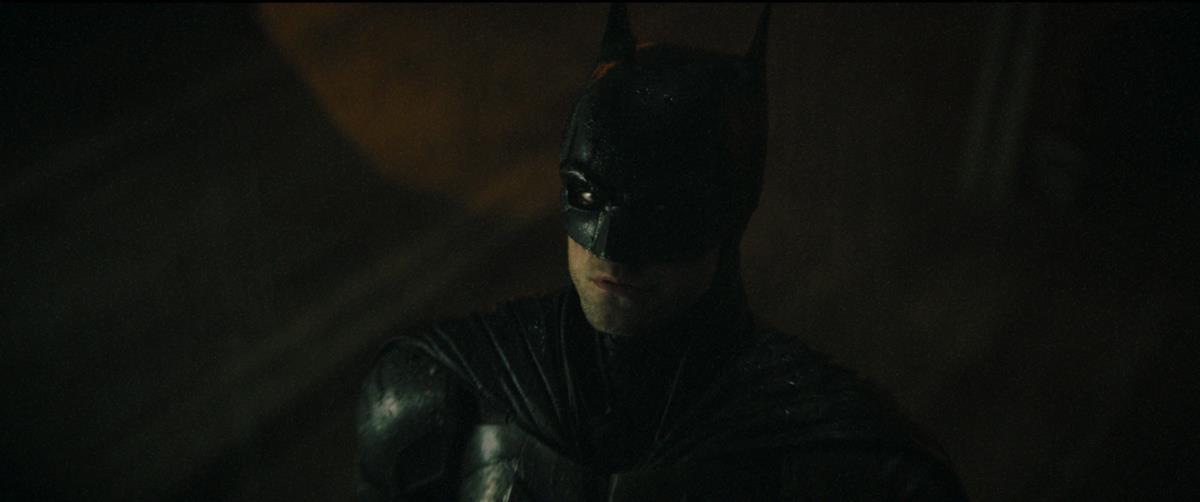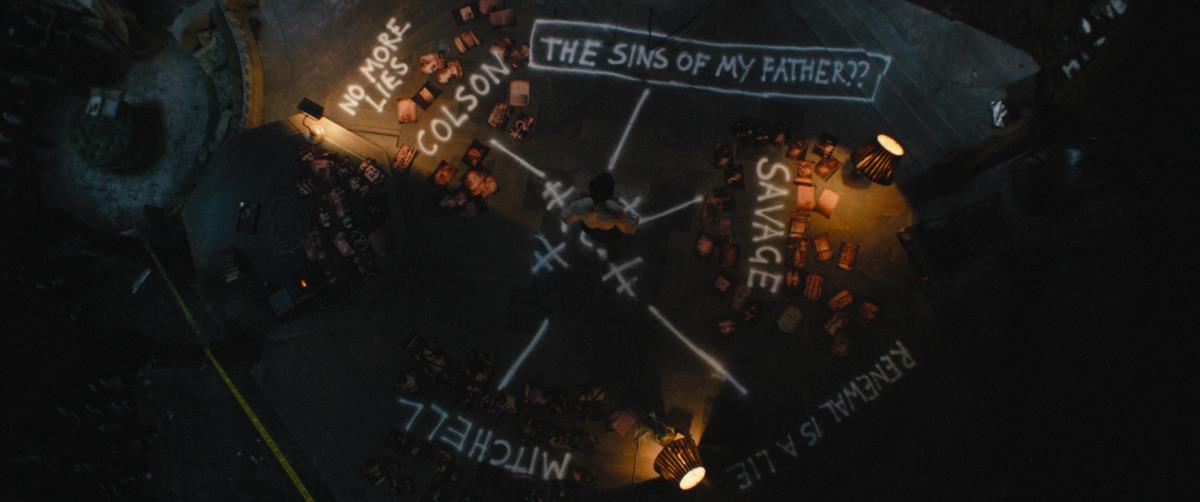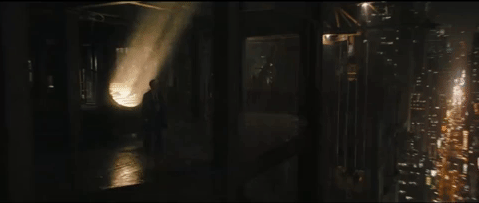
It was always Warner Bros. Picture’s intention for The Batman movie to become a leaping off point for further stories. The Bat-verse would include live-action HBO Max shows about the Penguin and the Gotham police department, as well as a Batman animated series.
So, apart from the attention and pressure of being a relatively quick resurrection of the caped crusader story, the film seemed to be the only catalyst for a new “verse.”
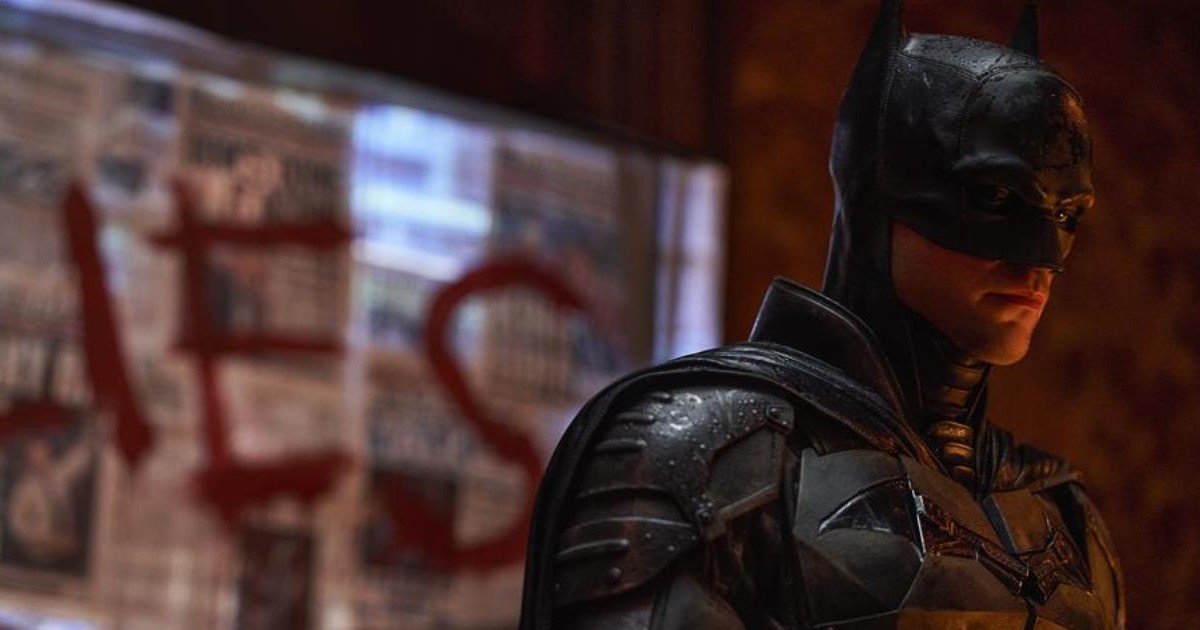
There was also a new director and a new lead. Although the eventual director Matt Reeves initially had the boldness to tell Warners that he probably wasn’t the guy they were looking for when the director search stopped at his door.
In their coverage of the new movie, The New York Times wound back the clock to 2016 when the plan was still to make a Batman movie starring the incumbent crime fighter, Ben Affleck.
“The movie would star Affleck as an older, more seasoned version of the character introduced in Batman v Superman: Dawn of Justice.” Affleck had planned to direct too but then decided against it. But it was still the Affleck approach to the movie on offer when Reeves batted it back to Warner Bros.
“I just didn’t know how I would direct that,” Reeves said. Despite the studio’s interest, he said, “I don’t think you’re going to want me because I wouldn’t do this. And then they asked me what I would do.”
By 2017 they had their answer as he was writing his own script — Affleck had left the project altogether.
READ MORE: ‘The Batman’ and Matt Reeves: Emerging From the Shadow of Other Caped Crusaders (The New York Times)
But where would Reeves go with the story? He knew what he didn’t want to do, as he told The Motion Picture Academy’s A.frame, “I knew it could not be an origin tale,” Reeves says. “But I still wanted Batman’s arc to be the powerful part of this movie, so I thought I could put him on the trail of a story that is kind of describing the history of Gotham — so to then come back to his origins unexpectedly.”
Reeves had the shell of a story but needed to ask more questions to drill down and flesh out the details. For instance, he was querying the psychological effect on Batman revisiting the streets where his parents had been murdered. These were potentially questions no one had dealt with before but were thickening up the Batman’s character.
Also, how would a guy dressed in a bat suit be treated by the cops at crime scenes? “What would it really be like if you had a guy going to crime scenes in a cowl and cape?” Reeves posits. “Everyone would be looking at him… What would that do to the guy psychologically?”
“It’s a desperate way for a guy to try to make sense of his life, and it’s actually a kind of a doomed plan,” Reeves says regrading to Bruce Wayne’s mission. “Because every night, he’s going to go out and revisit that primal nightmarish experience that happened to him as a child, and he’s never going to be able to fix it. So, he’s constantly fighting with this beast that he is never going to be able to contain.”
READ MORE: Director Matt Reeves on the Inspirations and Innovations of ‘The Batman’ (Exclusive) (A.frame)

The Hollywood Reporter ventured further into this “other” view of Gotham’s character, even finding some kinship between the warring factions. “From the onset, the Riddler (Paul Dano) is aligned with our perception of Bruce Wayne (Robert Pattinson), and Bruce Wayne aligned with Selina Kyle (Zoë Kravitz), perpetual orphaned children caught between feeling invisible and wanting to be seen, yet at the mercy of something bigger than any of them can fully fathom.
“God or Gotham. Reeves grapples with no higher powers than these within The Batman, as he seeks to redefine these characters and fit them into our modern-day Americana, one in which cops are infrequently heroes, political change does not occur without revolution, and the fairy-tale narrative attached to perpetual children and wealthy orphans no longer carries the weight it once did.”
These were the dividing lines, especially from previous films, that Reeves was conjuring up with his granular method of probing in to the 80-year-old story of The Batman.
READ MORE: The Real-World Horror Behind ‘The Batman’ (The Hollywood Reporter)
It also took him on a huge dive into the comics with cinematographer Greig Fraser and star Robert Pattinson, pulling from movies of the 1970s like Alan J. Pakula’s Klute and Roman Polanski’s Chinatown, as well as Wong Kar-Wai’s 2004 short film The Hand.
For Fraser, any direction towards noir or even total darkness held no fear for him. He had already shot Zero Dark 30 with some of the final scenes in almost zero light. For him that was like walking a tightrope “…as your choices get narrower and narrower. But how do you justify lighting when there isn’t any in the story?”
He was talking specifically about the raid on Bin Laden’s fortified house where he used soft boxes very high up to act “almost as if the desert’s star light was shining a path for you.”
For The Batman, Fraser had a simple way to gauge the lighting style for the whole movies as he told Variety. “This film was probably the most complicated lighting job that I’ve ever been involved with, for obvious reasons.
“I was putting together a bit of a style guide of all the frames. I’d sit there and I’d flick through the frames half a second each, maybe less. But if I could tell what was going on, then I feel like we succeeded in our quest for simplicity of the frame.
“So I’ve watched this movie a number of times now flicking through on my iPad. It probably takes about five minutes to watch the whole film.”
READ MORE: How ‘The Batman’ Cinematographer Greig Fraser Reinvented the Dark Knight’s Big Screen Presence (Variety)
In fact, Fraser had scoured the internet for images that were dark but easy to see, and he had collected them in a document for his director, and for himself, called “Dark but Light.”
His work on the film has garnered a number of awards and nominations but Fraser is quick to share the credit. “We were very diligent about making sure that we only move the camera when we had to, because it didn’t feel like we had to, to be frank with you.
“We had such great sets. We had such great actors. It’s such a great script. I would ask the question, why do you have to move the camera for no reason?”
Fraser widened his explanation of his shooting style to The Wrap, “I wanted this to be more of an urban noir, and I wanted to make sure that there were pockets of light in every frame.”
READ MORE: How ‘The Batman’ Cinematographer Greig Fraser Crafted an ‘Urban Noir’ Take on the Caped Crusader (The Wrap)
Fraser told IndieWire about how the camera movement reflected and enhanced Batman’s deliberate bearing, “The fun thing to me about Batman is that he has no super powers,” the cinematographer said. “He doesn’t have x-ray vision and he can’t fly. What he has is incredible determination and will and intelligence, so any camera movement conveying that has to be very considered and intentional.”
READ MORE: Seeing Into the Darkness: ‘The Batman’ Cinematography Is Subtle, Masterful Work by Oscar Nominee Greig Fraser (IndieWire)
The Batman’s many qualities have reignited cinema attendance worldwide with more than half a billion dollars’ worth of cinema seats sold already. It has also brought cinematographer Greig Fraser a sizeable set of new fans with his links to science fiction already sealed with his work on Star Wars, Mandalorian and Dune.
But people are wondering if The Batman is the feel-good feature that we wanted or in fact needed right now. The Daily Beast concluded that it actually didn’t matter.
“In its every nook and cranny, Reeves’ film radiates desperation and terror over a world that’s gone to seed, and which props itself up via comforting nightly news lies about renewal and rebirth that allow its citizens to avoid facing the stark, fetid truth.
“What it does, however, is render The Batman a blistering and beautifully brutal reflection of its era, driven by explosive anger and wrenching dismay.”
READ MORE: ‘The Batman’ Is the Best Batman Movie Since ‘The Dark Knight’ (The Daily Beast)
Want more? In the video below, director Matt Reeves, composer Michael Giacchino and lead digital colorist David Cole discuss why Dolby Cinema is the only way to see The Batman the way the filmmakers intended.
“I just wish that there was a way that you could just snap your fingers and then when everyone sees the movie, this is the way it will look,” says Reeves.
Or watch this two-part special from Dolby delving into the film’s sound, music, and cinematography featuring Reeves and Giacchino alongside supervising sound editors Will Files and Douglas Murray, re-recording mixer Andy Nelson, and director of photography Greg Fraser.
Discussing his approach to directing, Reeves says, “You have to become an emotional compass…. Here: I make a movie in my head and a piece of paper — that’s one version of the movie. And it’s a very narrow band of what that movie could be. And then you work with these artists and you want everyone to bring something… And I have to be an emotional compass to say, ‘that idea is great! That idea really works!’ Somebody has to do that. And the way you do that is by immersing yourself into that thing.”
Reeves also discusses the look used for Colin Farrell’s character the Penguin, and how the makeup wasn’t in his original plan but became an undeniable look:
Check out Patrick Tomasso’s review of The Batman as he discusses the plot, cinematography, lighting, and “Michael Giacchino’s BRILLIANT score” in the video below:
Or watch Tomasso’s deep dive into Reeves and Fraser’s approach to bringing The Batman to life, including the lenses they used, their cinematic references, the lighting, color grading, and a new approach to digital cinema using 35mm film. The video essay also does a recreation of The Batman using an anamorphic lens and the Sony A7iv to show how you can apply the principles from the film to your own work:





